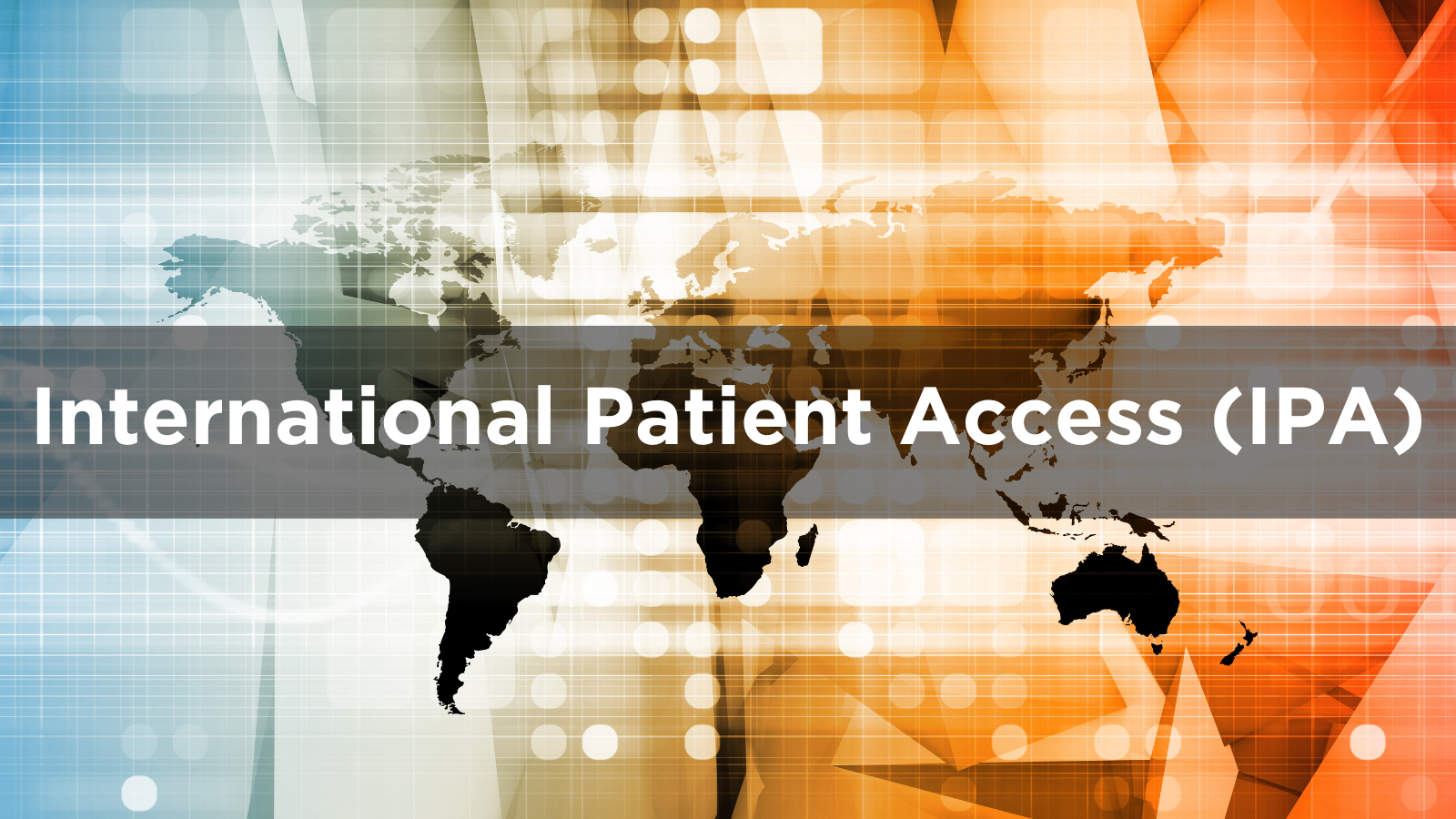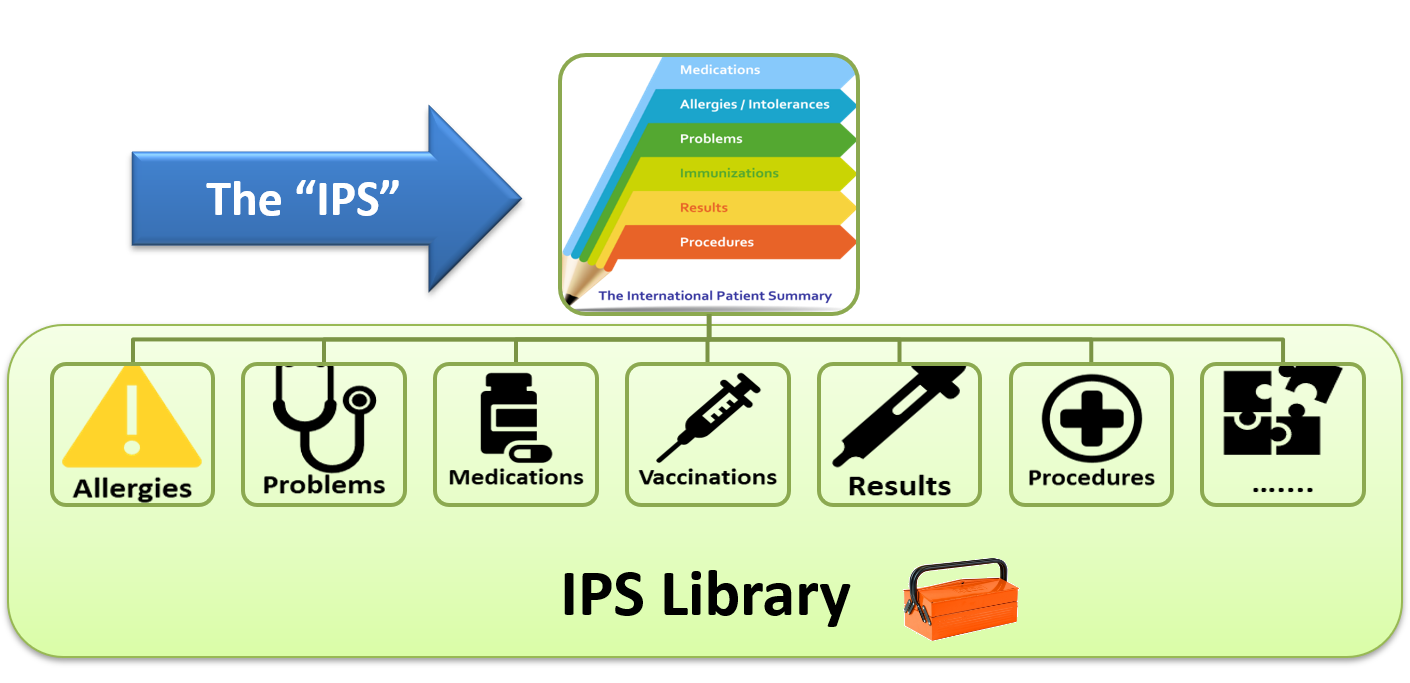HL7, in collaboration with the Argonaut Project, is excited to announce the launch of a new website dedicated to the International Patient Access (IPA) standard:ipa.hl7.org. This site is designed to provide a central resource for healthcare organizations, policymakers and patients to understand, implement and support patient-controlled access to health data using the HL7® FHIR® standard.
A Milestone for Global Interoperability
IPA is a global standard aimed at empowering patients with access to their health records across different systems and countries. By defining a minimal yet meaningful set of FHIR-based profiles, IPA ensures that applications can seamlessly retrieve patient data regardless of geographic or system-specific differences.
The new website serves as a hub for information about IPA adoption, implementation guidance and ongoing development efforts. It provides insights into how healthcare systems worldwide can enable secure, authorized access to patient records through standardized APIs, reducing barriers to interoperability.


.png)

